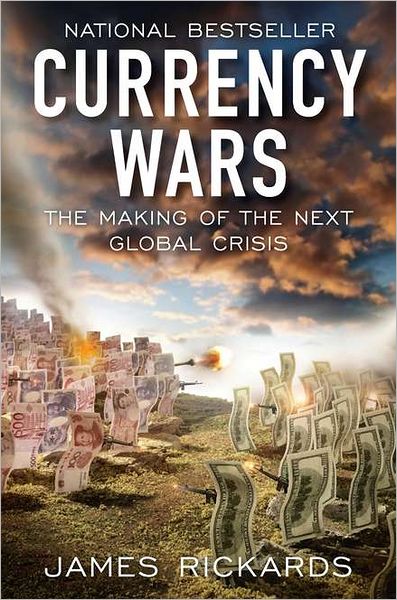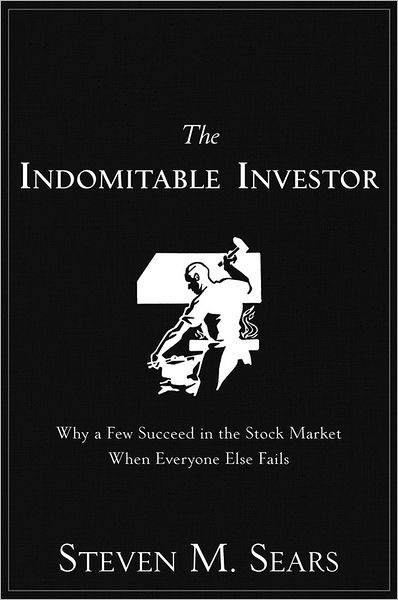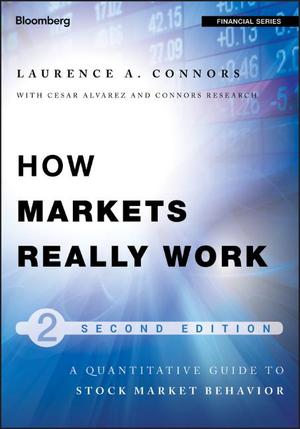Book Review: Then There Were None
 The topic of resources running out is perennial.? Go back to the ?60s and ?70s, you have the Club of Rome and other doom-mongers.? ?There are also the bets placed by Julian Simon on commodity prices in the ?80s and ?90s, betting the commodity prices would fall, and they did.? Much of the effect stemmed from increasing efficiency in using scarce commodities.
The topic of resources running out is perennial.? Go back to the ?60s and ?70s, you have the Club of Rome and other doom-mongers.? ?There are also the bets placed by Julian Simon on commodity prices in the ?80s and ?90s, betting the commodity prices would fall, and they did.? Much of the effect stemmed from increasing efficiency in using scarce commodities.
But in the ?90s and 2000s, large parts of the world came into the capitalist system.? In relative terms, labor, particularly low-end labor was no longer scarce, and resources were the least scarce of the triad of labor, capital and resources.
Then There Were None takes a middling view of resource scarcity.? Commodity prices have risen significantly. Many low-cost resource deposits have been mined out.? Demand for commodities has risen dramatically because of new demand from China and other emerging markets.
There are 21 chapters in the book:
- two deal with a classes of minerals: rare earths and fertilizers
- 18 deal with individual minerals, and
- the last tries to tie the book together.
Each chapter explains why there is demand for the resource in question, shows the change in demand, who produces it, and companies that benefit from the changes.
It also describes what the minerals are used for, so that you can get a better sense of what might drive the pricing of the minerals/metals, and of the products that derive from them.
There has been a shift in the world, and there is more demand on resources than there used to be.? This book fleshes out the effect of the change in demand, and tries to explain, mineral by mineral, the effects on the global economy.
Quibbles
The book focuses too much on China.? It also occasionally makes it sound like China could use up all of the resources of the world, which is ridiculous.
Who would benefit from this book: For investors, and ordinary folks, if you want a good view of what is happening globally with critical minerals, you can read it here.? If you want to, you can buy it here: Then There Were None: Chinese Demand for Critical Materials in the Coming Decades.
Full disclosure: The publisher offered me the book.? I said ?yes? and he sent it to me.
If you enter Amazon through my site, and you buy anything, I get a small commission.? This is my main source of blog revenue.? I prefer this to a ?tip jar? because I want you to get something you want, rather than merely giving me a tip.? Book reviews take time, particularly with the reading, which most book reviewers don?t do in full, and I typically do. (When I don?t, I mention that I scanned the book.? Also, I never use the data that the PR flacks send out.)
Most people buying at Amazon do not enter via a referring website.? Thus Amazon builds an extra 1-3% into the prices to all buyers to compensate for the commissions given to the minority that come through referring sites.? Whether you buy at Amazon directly or enter via my site, your prices don?t change.






 I have never taken a course in accounting.? But I have had to do accounting for most of my working life, including doing financial reporting inside life insurers, which is the most complex industry for accounting. I have even opined on 10+ financial accounting standards over time.? And Aleph Blog is a leading accounting website as a user of accounting. (Dubious distinction, I know, but when you are a blogger, you take what you can get. 😉 )
I have never taken a course in accounting.? But I have had to do accounting for most of my working life, including doing financial reporting inside life insurers, which is the most complex industry for accounting. I have even opined on 10+ financial accounting standards over time.? And Aleph Blog is a leading accounting website as a user of accounting. (Dubious distinction, I know, but when you are a blogger, you take what you can get. 😉 )
 This is two books in one, and very well done.? The main part of the book explains risk and uncertainty in general terms, such that most people can understand it.? But for those that can deal with complex math, the latter part of the book offers a lot of additional firepower.
This is two books in one, and very well done.? The main part of the book explains risk and uncertainty in general terms, such that most people can understand it.? But for those that can deal with complex math, the latter part of the book offers a lot of additional firepower.